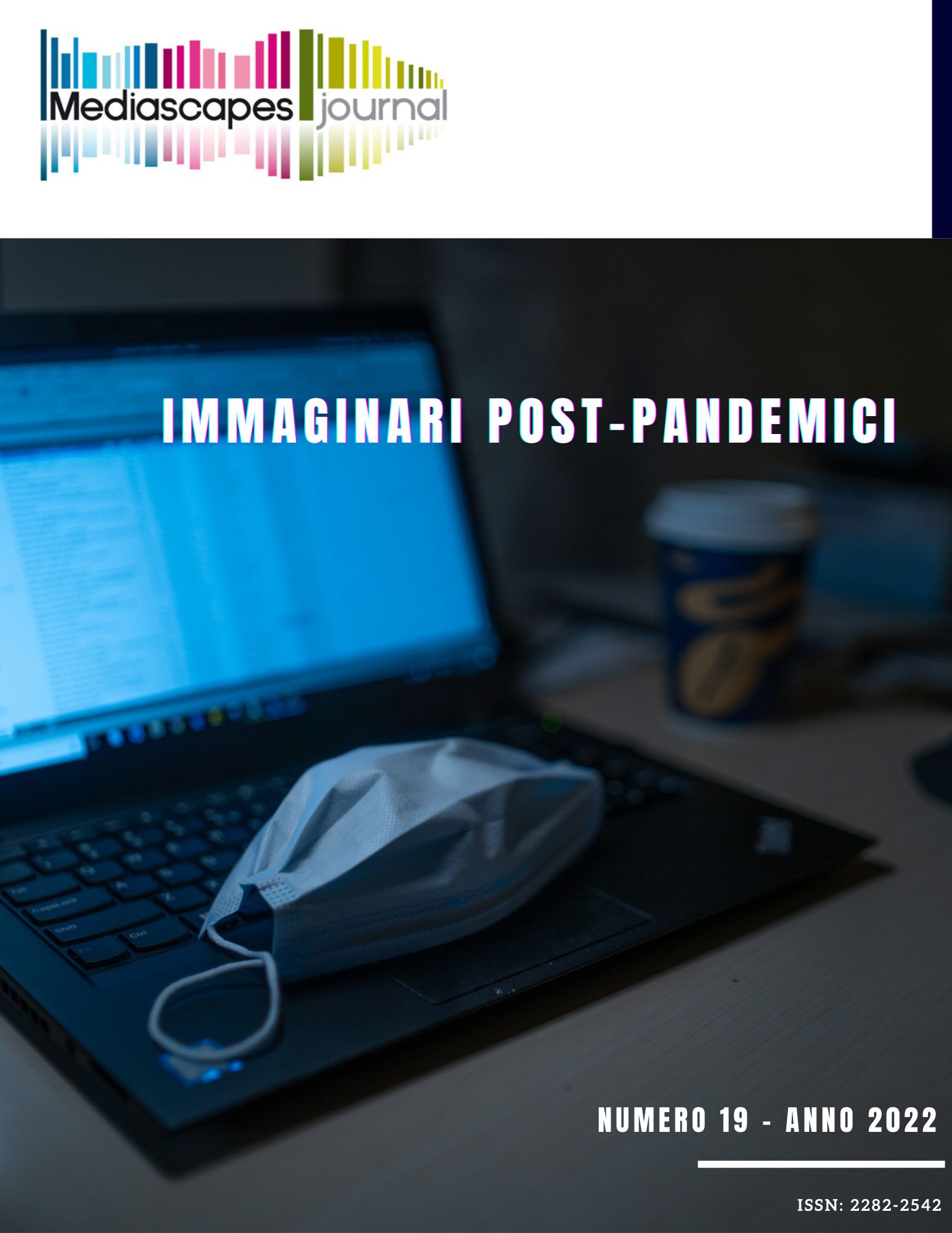COUNTER-NARRATIVES AGAINST PREJUDICE: HOW SECOND-GENERATION YOUTH REVERSE MEDIA REPRESENTATIONS
How Second-Generation Youth Reverse Media Representations
Keywords:
second-generation, media representation, Islamophobia, Counter-narrativesAbstract
This paper deals with the OLTRE project (ISF - DG Migration and Home Affairs, EU) funded for preventing the radicalization of the second-generation migrants in Italy and created by a network made up of universities and private companies. This article shows the results of a study about the engagement of second-generation youth in the co-production of the online communication social campaign realized as output of the OLTRE project.
The guidelines for the campaign came from our in-depth sociological field research (42 qualitative interviews of 2G youths, 18-30 years, in 7 Italian towns (Palermo, Cagliari, Rome, Bologna, Milan, Padua, Turin) and from theatre laboratories made by second-generation youth collecting narratives, representations, stories and emotions about their representation of the radicalization risk and protection factors, etc. This corpus was useful for the social communication campaign to prevent radicalization, engaging the research participants as key players, co-designing the counter-narrative contents and studying their viral dissemination with the support of second-generation second-generation young content creators on the social networks in order to promote cultural change.
The paper analyzes the process of creating media content intended for the social campaign of the OLTRE project: from the representation that second-generation youth perceive as distorted to the product that provides a counter-narrative and/or an alternative narrative. This paper shows how the young content creators interacted with each other creating new contents, highlighting how counter-narratives can represent useful tools for deconstructing complex issues, such as Islamophobia or radicalization.
Downloads
Published
How to Cite
Issue
Section
License

This work is licensed under a Creative Commons Attribution 4.0 International License.
Mediascapes Journal is published under a Creative Commons Attribution Licence 4.0.
With the licence CC-BY, authors retain the copyright, allowing anyone to download, reuse, re-print, modify, distribute and/or copy their contribution. The work must be properly attributed to its author. It should be also mentioned that the work has been first published by the journal Anuac.
Having published these contributions for the first time, Mediascapes Journal will have the right to publish them integrally or partially as reprints or possibly as part of a thematic issue, in both digital and printed format.
It is not necessary to ask further permissions both to author or the journal.


